Slow Photography, Slow Book Making and Photowalking
I'm learning more and more that photography can be a beautifully mindful practice, and it doesn't just end with making and then post-processing the photograph...
We moved house two years ago (almost to the day) on 10 July 2023; and our new house is wonderful - we’re very happy.
When we moved, my wife Debbie and I took the opportunity to begin a deliberate journey towards becoming ‘slower’ in all of our activities. We chose to remove ourselves from unnecessary pressures and stresses, changed up a few things in our lives for a fresh start, including the church we now very happily attend. We started some exercise, committed time to our garden, and reduced (actually, possibly more like refined) our consumption of social media and the incessant noise of ‘news’ and ‘information’ that is blasted at us 24/7. We are now consciously aiming for a quieter, more mindful, more engaging and more beautiful life. And one where there is more time and space for spiritual growth. We’ve even been on retreat to a monastery.
So far, so retired, you might say. And, yes, we’re early 60’s so could be described as semi-retired, but in fact it’s very different to what that might conjure up in your mind. We’re actually opening up new and fulfilling opportunities for ourselves and not punishing ourselves for not ‘succeeding’ on the world’s terms. We are in fact beginning to flourish on our own terms, and it’s great.
Slow Photography
Part of the process of flourishing, from my point of view as a photographer, has been engaging more and more with the slower and more mindful processes involved with film photography. At the moment, for me, that involves the use of 30, 40 or 50 year old cameras and the many lovely different film stocks available. It doesn’t yet involve the processing, scanning, developing, and printing of film, and whether it ever will I don’t know.
But at the moment, that doesn’t matter. What I’m enjoying is the slowness of the process of using my cameras and films. And the slowness of waiting for the film to come back from the lab. And then the (delayed) reveal of the images, and the fact that there are only 36 of them, and half of them may not be exactly what I wanted or expected. But even when they’re not, they may still be wonderful mistakes. And in any case the photographs just look slow, they look different, they look deliberate, intentional, and cared about.
I’m also enjoying not feeling the desire to immediately share my images online, which I do with digital. And even when I do, I’m enjoying sharing them in a much more considered and mindful way, on platforms I respect and where I feel a sense of community, by which I mean this Substack and Foto. Nothing else really, and that’s great.
And talking of community, that’s another thing that film photography brings - a real community of like minded people, not out to tell you the 101 things that you must do to earn trillions, but genuinely out to share, have some fun, and help you with any problems you might be experiencing. And to enjoy your work, comment on it and engage with you at a level which mostly feels very genuine and uncompetitive. And I want more of it.
Slow Book Making
The other aspect about slowing down with my photography is that I am giving myself the space and time to consider how I can use my photographs. Not how I can market them or sell them or make them pay; not how I can use them as a step up towards something else, say a show or a commission or something. But how I can give them value in themselves, for their own sake, how I can complete the process of creating a finished object from the vision and point of view I had when I made the photograph.
And at the moment, that is revolving around book making. As well as a growing range of zines which I get printed by a third party, I am now also hand making small open editions of titles which enable me to bring to life photographs that are in my back catalogue, and collect together ongoing series of photographs of subjects that interest me. In this way, I feel I am making my photographs accessible for myself (ie, they are not just staying on my hard drive unlooked at) and giving them the value they deserve - the value in fact that they had for me in the first place because I made them, and which can so easily just be lost in the ether.
Stab Bound Photobooks
The catalyst for making stab bound books of some of my photographs came from Nik Stanbridge and his very generously put together tutorial post entitled How to Make a Stab Bound Photobook. Please do go and read it - it’s excellent.
Using Nik’s guidance and some previous experience of stab binding and book making, I’ve now made two stab bound photobooks of previously made photographs of birds and insects.
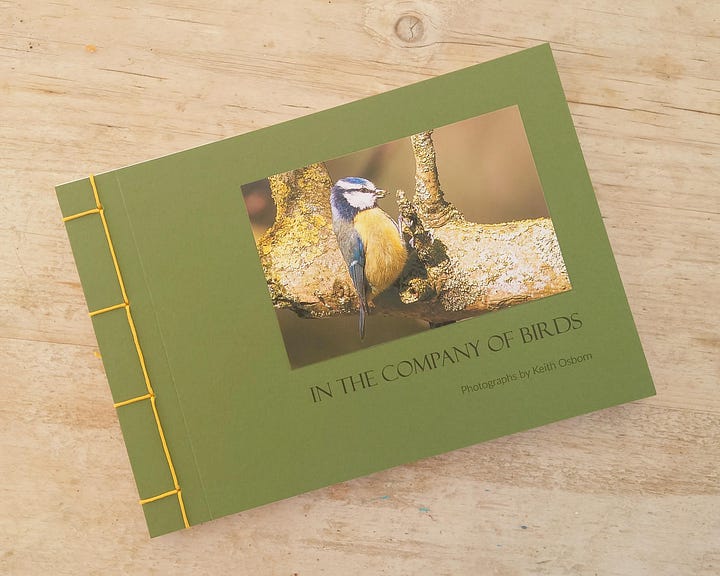
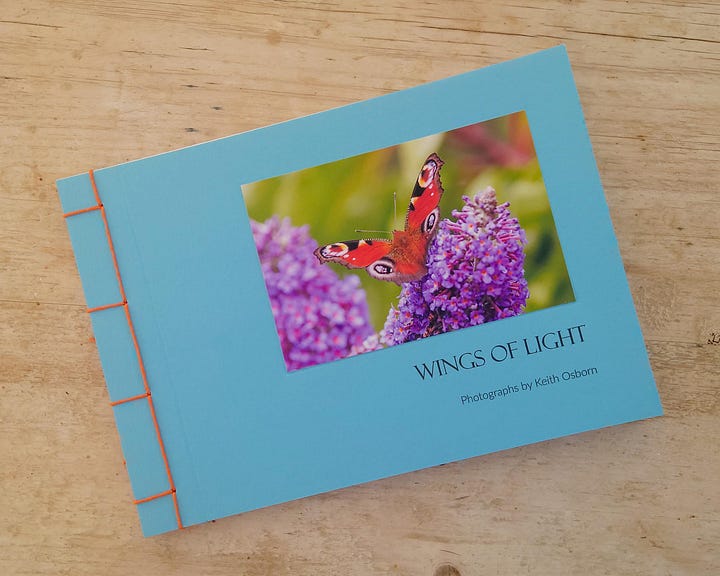
I’m particularly pleased to make these books because a number of the photographs were made at times where I was unwell for sometimes weeks at a time with anxiety and depression. I found the process of making these photographs at those times comforting and life-affirming, but I have never known what to do with them.
So, thankyou Nik for the inspiration to ‘slow-make’ these photobooks from photographs which were in themselves of necessity made slowly and for my wellbeing. I’m currently handmaking a few of these books to have for sale at our church fete and fundraiser next weekend.
Folded Cover Accordion Photobooks
The stab bound books above use photographs from my digital archive, but for my film photographs I wanted a way of printing them and ‘collecting’ them so to speak in albums of particular subjects that could be added to and extended as more photos came along. Almost like photo albums, or cigarette card collections, but extendable. [By the way - there’s a whole other article to be written on photographers as collectors, which I might get to at some point, although many have made the comparison before me].
The solution was to be found in a form of artist’s book shared by the wonderful book and paper artist, Kit Davey. Kit’s Instagram is here, and her website is here. Please do go check out her work if you don’t know it already. Some of it is mind blowing.
In her video tutorial on how to make these books, Kit called them Accordion Books With Easy Covers And Removable Spines but I’m just calling them folded cover accordion photobooks. The accordion nature of the book appealed to me because it can be added to over time just by sticking further pages to the block, and the covers (which are a sort of folded sleeve going over the first and last pages of the accordion) are very adaptable in that they can be slipped off when the book needs more pages. Perfect for growing ‘collections’ of photographs of particular subjects like, in my case, shopfronts, or people, or chairs - or for my next one, I think, caravans.
Not only are these books ‘slow’ in terms of the fact they are handmade, but they are also slow in that the collections of photographs only build up and come together over a period of time as and when I make them. So as objects they grow and change and become more complete in a very gradual and deliberate way.

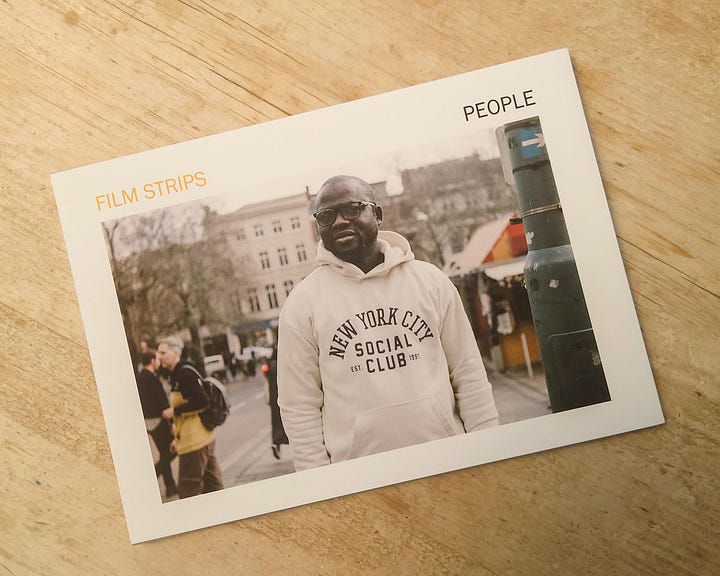
I’ve called these books Film Strips as the accordion style can be seen as a sort of strip onto which I mount prints of my film photographs. And I’ve decided it is only film photographs that will make it into these: again, it’s a case of giving the appropriate value to the photographs I’m now beginning to make on film.
I’m not sure if these are the finished versions of these books or if I need to make some adaptations, maybe with the covers, but they look and feel very tactile with actual prints mounted inside and I want to develop them and push them further to see where they take me.
Finish on a Photo
I’m finishing on two more photos from The Big Film Photo Walk a couple of weeks ago in Norwich. This was a fairly slow process in all senses of the word as we were walking in the pretty hot sun for about four hours (thankfully with plenty of pre-arranged café stops though!). Nevertheless it was a really good day: a day of conscious attentiveness, community, and photography.
I really love making street portraits but am not always in the place where I can just walk up to people and ask them: “Can I take your photo please?”. And doing it on a film camera adds just a little more jeopardy, as you can’t check immediately whether you’ve got the photo, and whether the person’s generosity in allowing you to photograph them was worth their while.
One benefit of slowing down though, and something which the Photowalk truly enabled, is finding the time and space in my head to actually just go out and do the thing I love, in an unpressured and fun way. So here are a couple more street portraits from the Photowalk.
So that was my week in photos. As always, thank you for stopping by and I hope you have enjoyed the photos and my thoughts this week. Any questions or comments, please don’t hesitate to get in touch. I’d love to hear from you.
Until next time, take care and God bless,
Keith



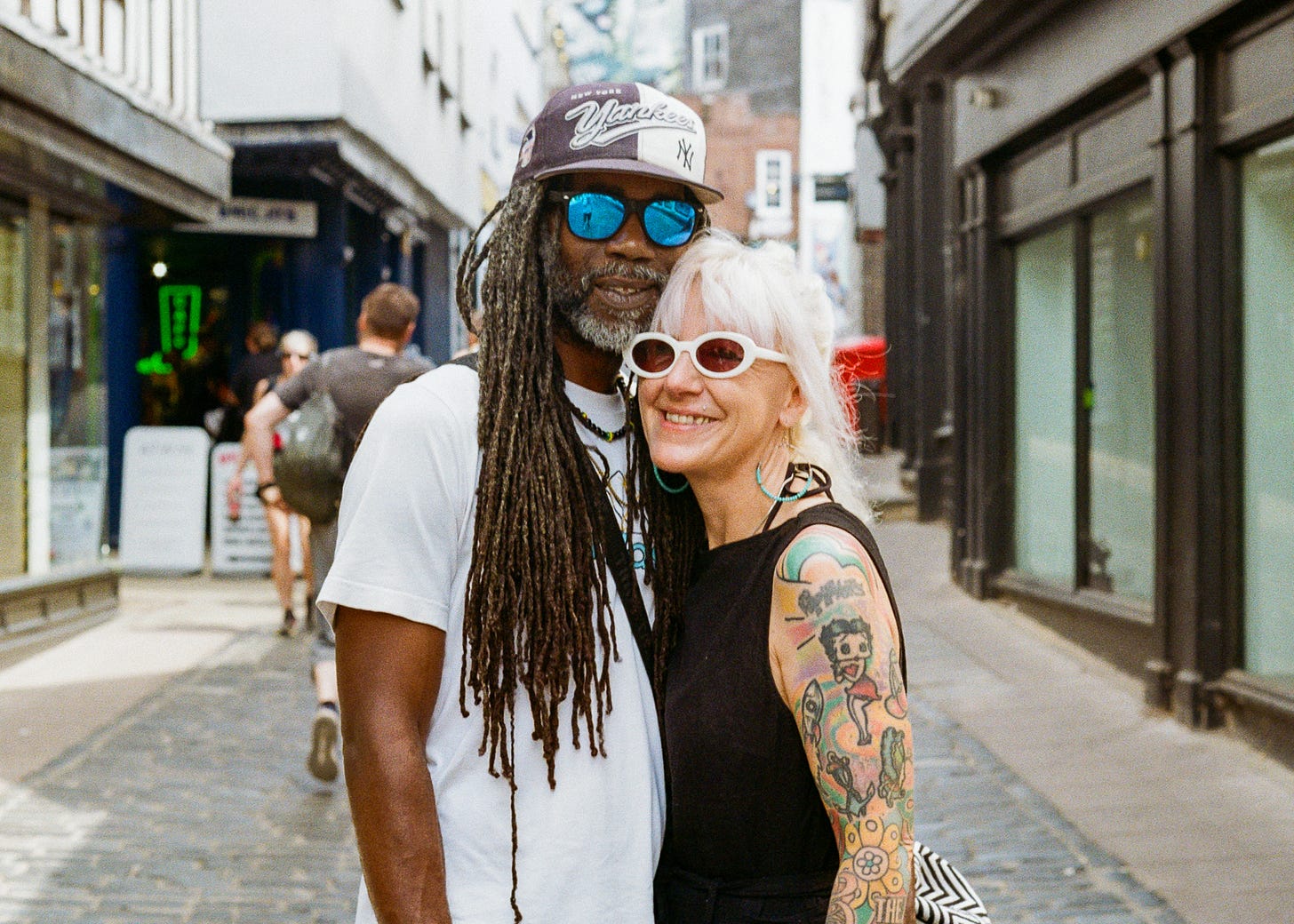

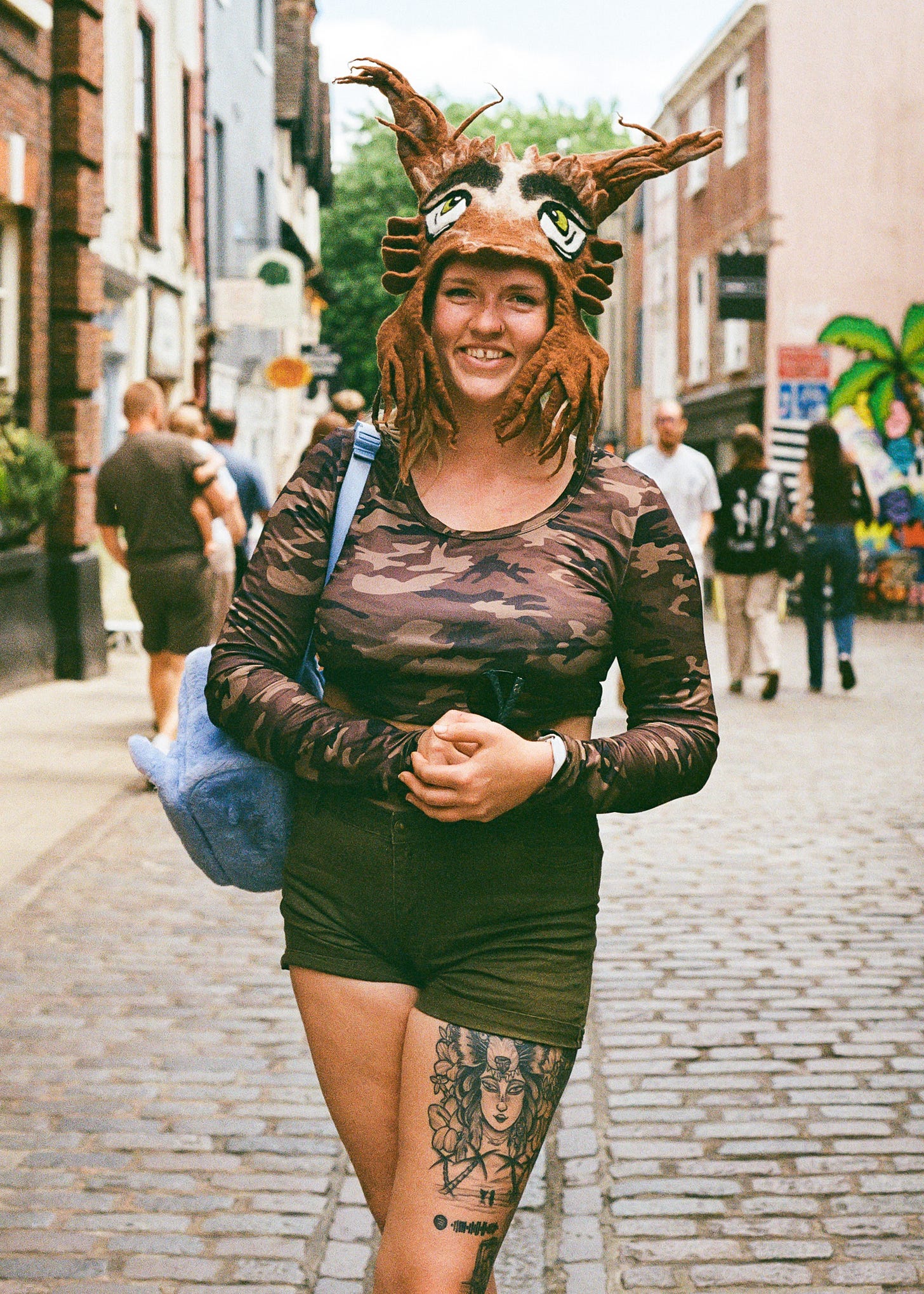
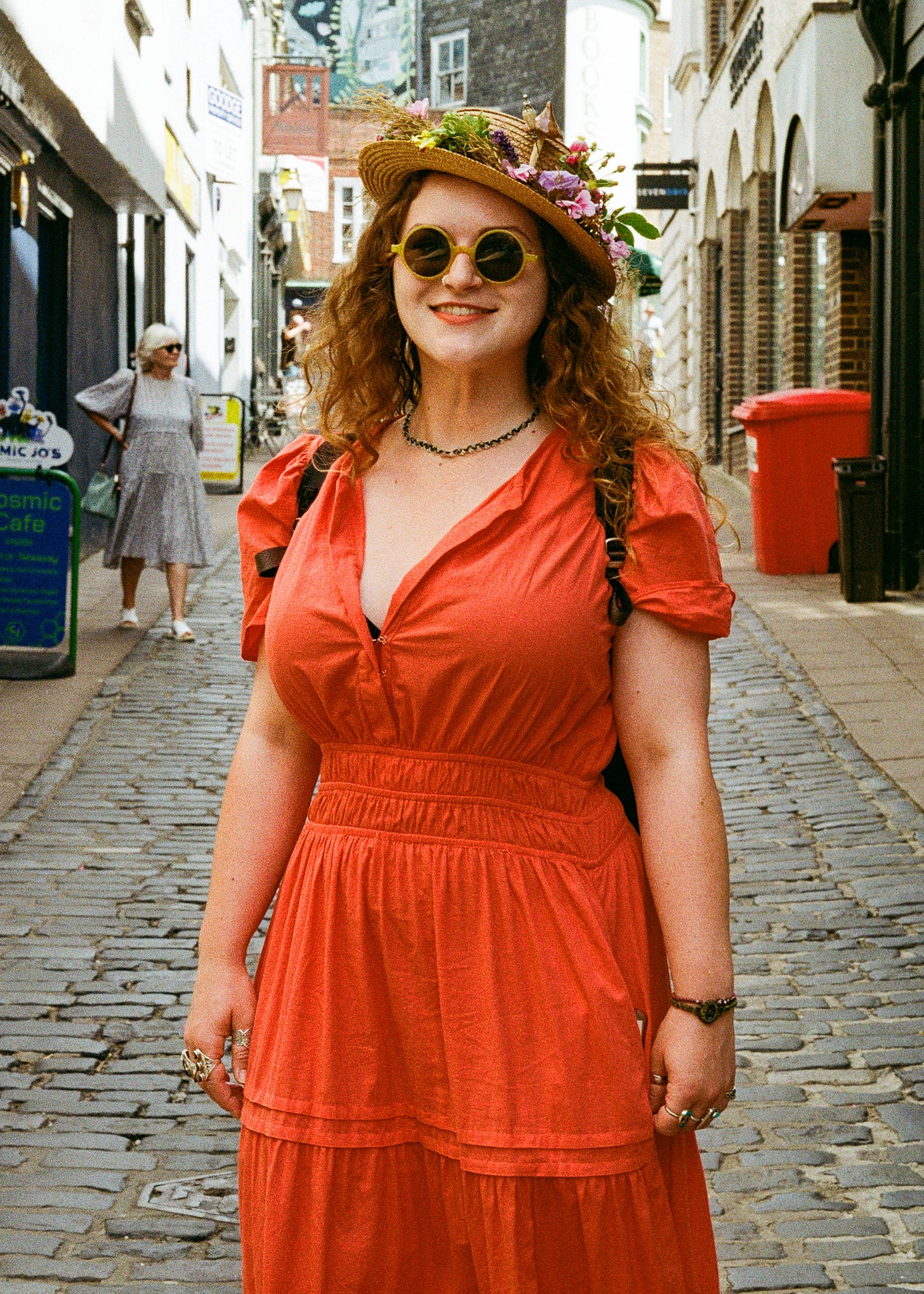
Those books look beautifully crafted. I particularly love the leporello format, although I’ve yet to make a successful one myself. Do you know the photographs of Ulrich Wüst? https://www.collectionregard-english.com/exhibitions-in-the-collection-regard-2/archive-5/ulrich-wüst-berlin-leporellos/
Great read Keith. A slowed down pace and mentality infuses everything once you get going, as you relate here. Looking back on my drift into retirement, I too slowed down but, again like you, upped my engagement with people and processes that supported me. The benefits to me and to my work have been considerable. And so pleased my tutorial guide inspired you to make some stab bound books. I’m going to look at accordion zines now! Keep it up 👍